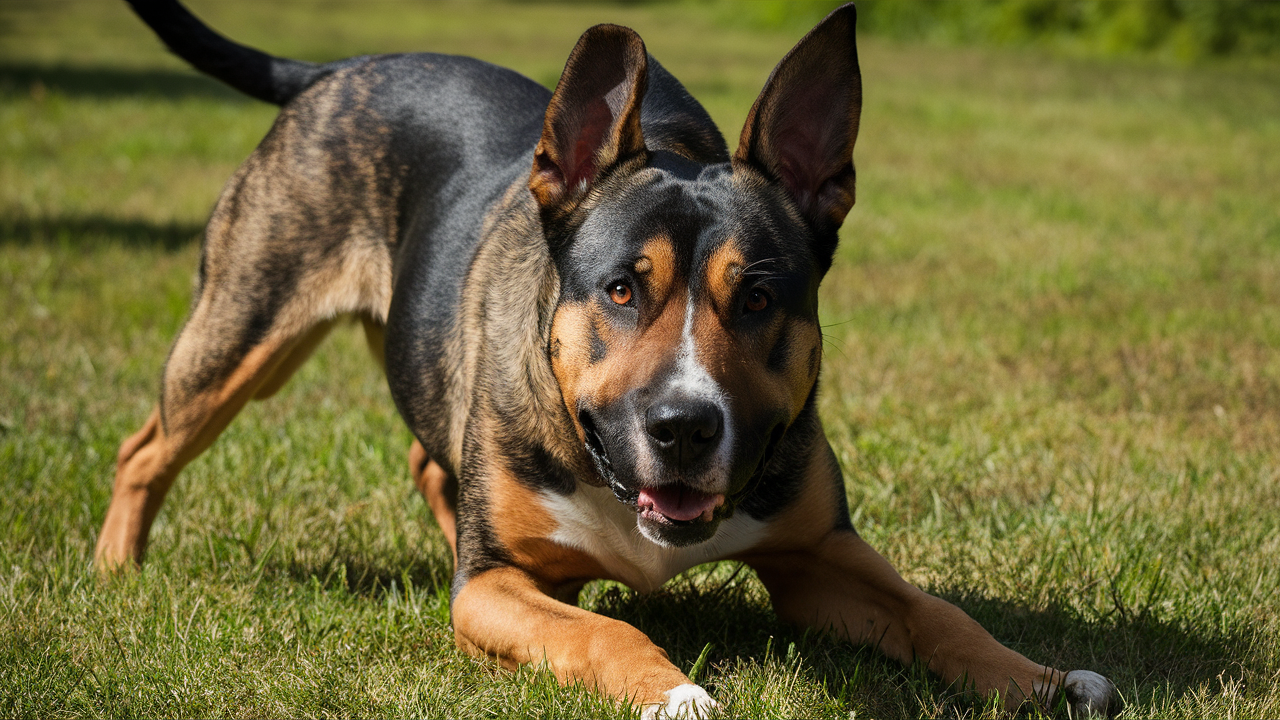German Shepherd Pitbull Mix
Introduction
The German Shepherd Pitbull mix, often known as the Shepherd Pit or the German Pit, is a captivating blend of two powerful and intelligent breeds. Combining the strength and loyalty of the German Shepherd with the agility and tenacity of the Pitbull, this mix brings together some of the best traits of both breeds. If you’re considering adding a German Shepherd Pitbull mix to your family, it’s essential to understand the unique characteristics and needs of this hybrid breed.
History and Origin
History of German Shepherds
German Shepherds were created in Germany by Captain Max von Stephanitz in the late 1800s. They were initially bred for herding and protecting sheep but quickly gained popularity for their versatility and intelligence. Today, they are widely used in police and military roles, search and rescue operations, and as service dogs.
History of Pitbulls
Pitbulls, including breeds like the American Pit Bull Terrier, have a more controversial history. They were initially bred in the UK for bull-baiting and later for dog fighting. Despite their violent beginnings, Pitbulls are known for their loyalty, affection, and protective nature when properly trained and socialized.
Emergence of the German Shepherd Pitbull Mix
The German Shepherd Pitbull mix is a relatively recent hybrid, emerging as breeders began intentionally combining these two breeds to create a dog with both protective instincts and a strong, loyal disposition. The goal was to produce a dog that embodies the best traits of both parents.
Appearance and Physical Characteristics
General Appearance
A German Shepherd-Pitbull hybrid might look very different, although they usually have an athletic and muscular frame. Their ears may stand erect like a German Shepherd’s or flop like a Pitbull’s, and their coat is usually short to medium in length.
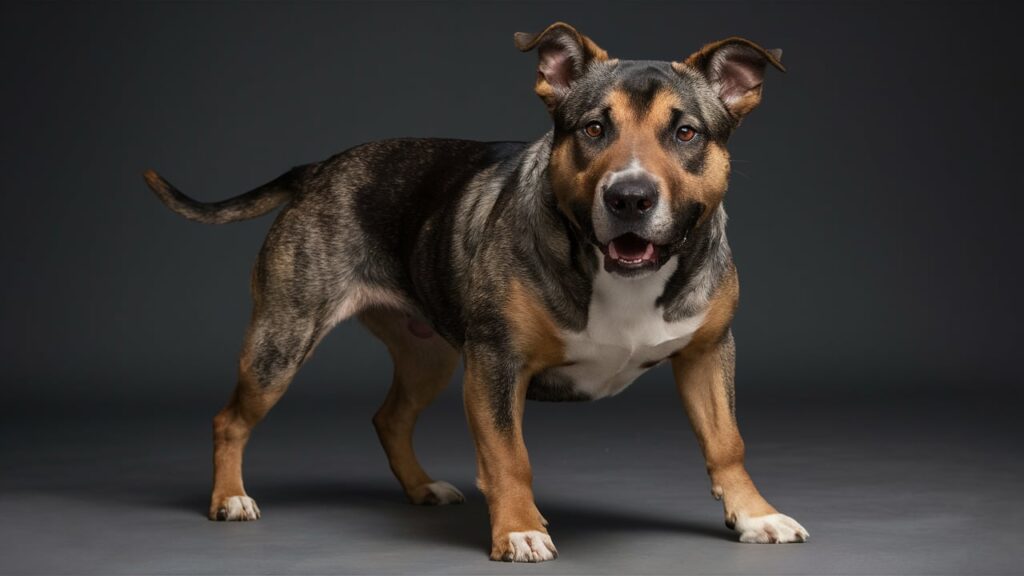
Size and Weight
This mixed breed typically stands between 18 to 24 inches tall at the shoulder and weighs between 40 to 90 pounds. Their size can vary depending on the genetics inherited from their parent breeds.
Coat and Color Variations
German Shepherd Pitbull mixes can come in a variety of coat colors, including black, brown, tan, white, and brindle. Their coat is usually dense and may require regular grooming to manage shedding.
Temperament and Personality
General Temperament
German Shepherd Pitbull mixes are known for their loyalty, intelligence, and protective nature. They are often very affectionate with their families and can be good with children when properly socialized.
Interaction with Families and Children
These dogs tend to be great family pets due to their protective instincts and loving nature. However, early socialization and training are crucial to ensure they are well-behaved around children and strangers.
Behavior with Other Pets
The way they behave with other pets varies.Proper socialization from a young age can help them get along well with other animals, but their strong prey drive may sometimes cause issues.
Training and Socialization
Importance of Training
Training is very important for a German Shepherd Pitbull mix.They require mental and physical stimulation because of their brilliance and high energy levels. Obedience training can help channel their energy into positive behaviors.
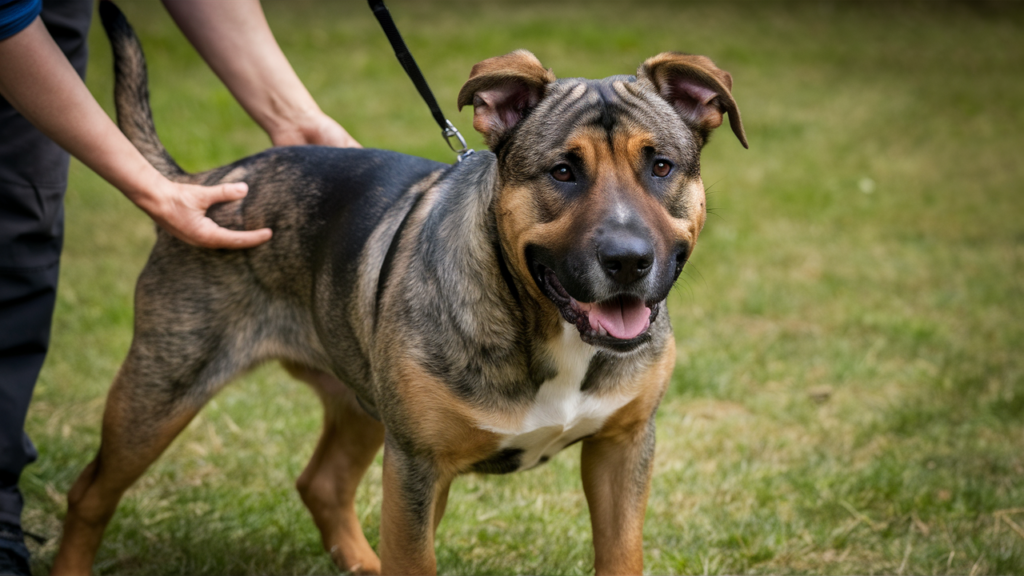
Effective Training Techniques
Positive reinforcement methods work best with this breed. Consistency, patience, and rewards like treats and praise can help reinforce desired behaviors.
Socialization Tips
Early socialization is key. Exposing them to different environments, people, and other animals can help reduce any aggressive tendencies and build a well-rounded temperament.
Exercise and Physical Activity Needs
Daily Exercise Requirements
German Shepherd Pitbull mixes are highly energetic and require plenty of exercise. Aim for at least 60 to 90 minutes of physical activity each day to keep them healthy and happy.
Suitable Activities and Exercises
This breed benefits greatly from activities like long walks, runs, fetch, and agility training. They also enjoy mental stimulation through puzzle toys and obedience training sessions.
Potential Challenges
If these dogs don’t get enough exercise, they may get bored and even destructive.Ensuring they have enough physical and mental stimulation is crucial to preventing unwanted behaviors.
Diet and Nutrition
Nutritional Needs of the German Shepherd Pitbull Mix
A balanced diet rich in protein is essential for this active breed. Look for high-quality dog food that lists meat as the first ingredient and includes essential vitamins and minerals.
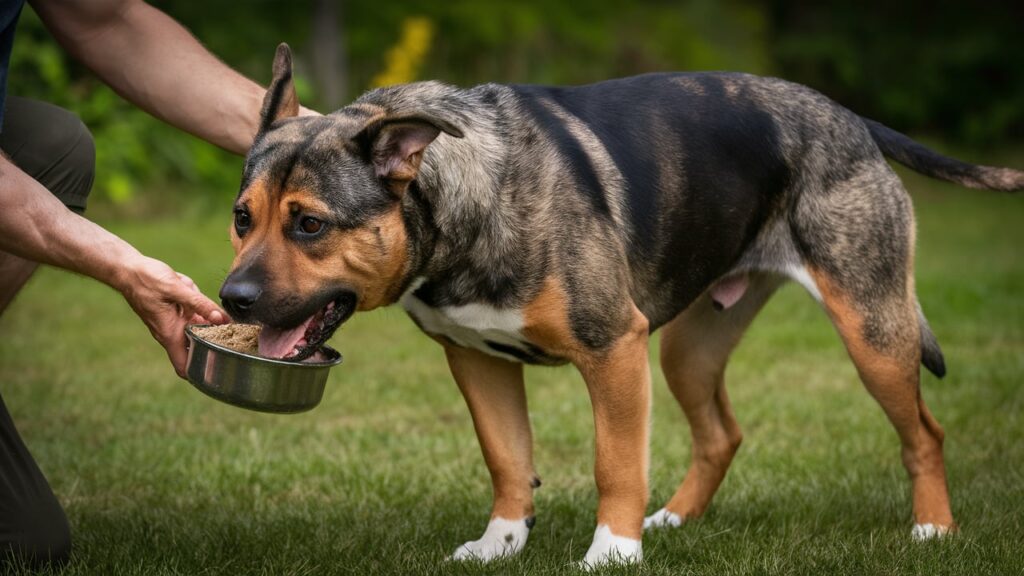
Recommended Diet Plans
Feeding them twice a day with a diet formulated for large, active breeds is recommended. Ensure their diet includes proteins, healthy fats, and carbohydrates to meet their energy needs.
Foods to Avoid
Don’t give them items like chocolate, grapes, onions, and garlic that are poisonous to dogs. Also, steer clear of overly fatty or processed human foods that can upset their digestive system.
Health and Lifespan
Common Health Issues
German Shepherd Pitbull mixes can inherit health issues from both parent breeds. Common problems include hip dysplasia, allergies, and heart conditions. Frequent veterinary examinations are essential for early detection and treatment.
Preventive Care and Regular Check-ups
It is imperative to provide regular veterinary care, immunizations, and preventive measures like flea and tick control. A healthy diet and regular exercise also contribute to overall health and longevity.
Average Lifespan
The average lifespan of a German Shepherd Pitbull mix is around 10 to 14 years, though with proper care, they can live even longer.
Grooming and Maintenance
Grooming Needs
Their grooming needs are relatively low.Brushing them frequently—at least once a week—maintains the health of their coat and helps control shedding.
Bathing and Brushing

Bathing should be done as needed, typically once a month or when they get particularly dirty. To prevent skin irritation, use a shampoo made especially for dogs.
Dental and Nail Care
Regular dental care, including brushing their teeth and providing dental chews, helps prevent dental issues. After a few weeks, trim their nails to avoid irritation and overgrowth.
Living Conditions
Ideal Living Environment
German Shepherd Pitbull mixes thrive in environments where they have plenty of space to move and play. They are best suited for homes with a yard but can adapt to apartment living with sufficient exercise.
Indoor vs. Outdoor Living
While they can live outdoors, they prefer to be with their family and should have access to indoor living. They need a balance of both to stay happy and healthy.
Suitable Housing Options
A home with a secure, fenced yard is ideal to give them space to run and play safely. Ensure their living area is comfortable, with a cozy bed and access to fresh water.
Compatibility with Different Lifestyles
Active Lifestyles
This breed mix is perfect for active individuals or families who enjoy outdoor activities.They are great partners for high-intensity activities such as hiking and running.
Families with Children
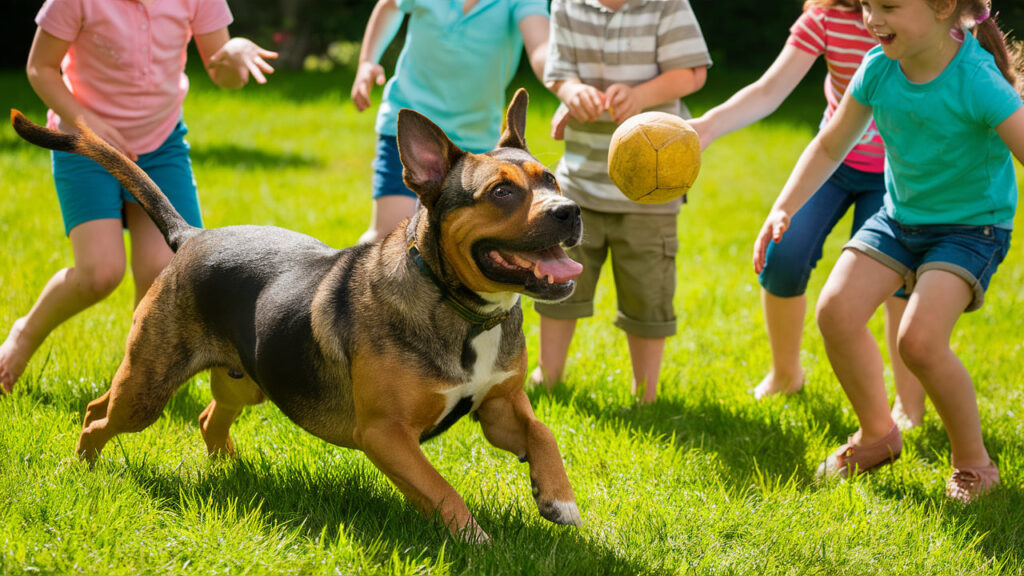
When given the right guidance and socialization, they get along well with kids. Their protective nature makes them wonderful family guardians.
Singles and Seniors
Singles and seniors can also enjoy having a German Shepherd Pitbull mix, provided they can meet the exercise needs. They offer loyal companionship and protection.
Benefits and Drawbacks of Owning a German Shepherd Pitbull Mix
Advantages
- Loyal and protective
- Intelligent and trainable
- Great with families and active individuals
- Used as police dogs
Disadvantages
- Requires a lot of exercise
- Potential health issues
- May not get along with other pets without proper socialization
Adoption and Buying Tips
Where to Adopt or Buy
Adopting a pet from a rescue or shelter is a fantastic choice. If buying from a breeder, ensure they are reputable and ethical.
What to Look for in a Breeder
Seek for breeders who place more emphasis on temperament and health than looks. They ought to grant you access to meet the puppy’s parents and provide health certifications.
Adoption Process and Costs
Adoption costs vary but are generally lower than buying from a breeder. The process typically includes an application, interview, and sometimes a home visit to ensure a good match.
Real-Life Stories and Experiences
Testimonials from Owners
Many owners rave about the loyalty and intelligence of their German Shepherd Pitbull mixes. They often highlight the strong bond and protective nature of their pets.
Personal Experiences
Personal stories from owners reveal a breed that, despite their high energy and exercise needs, brings immense joy and companionship to their lives.They can run very fast.
Conclusion
The German Shepherd Pitbull mix is a fascinating and dynamic breed that offers a blend of loyalty, intelligence, and protective instincts. While they require a commitment to training, exercise, and socialization, the rewards are immense. Whether you’re looking for a family pet, a loyal companion, or a protective guardian, this hybrid breed can be an excellent choice.
FAQs
1:Are German Shepherd Pitbull mixes good family pets?
Yes, with proper training and socialization, they can be excellent family pets, known for their loyalty and protective nature.
2:How much exercise do they need?
They require at least 60 to 90 minutes of exercise daily to stay healthy and happy.
3:Are they easy to train?
Yes, they are intelligent and respond well to positive reinforcement training techniques.
4:What are common health issues?
Common health issues include hip dysplasia, allergies, and heart conditions. Regular vet check-ups are very helpful for the early detection of a disease or problem
5:How long do they live?
The average lifespan of a German Shepherd Pitbull mix is around 10 to 14 years, though they can live longer with proper care.
